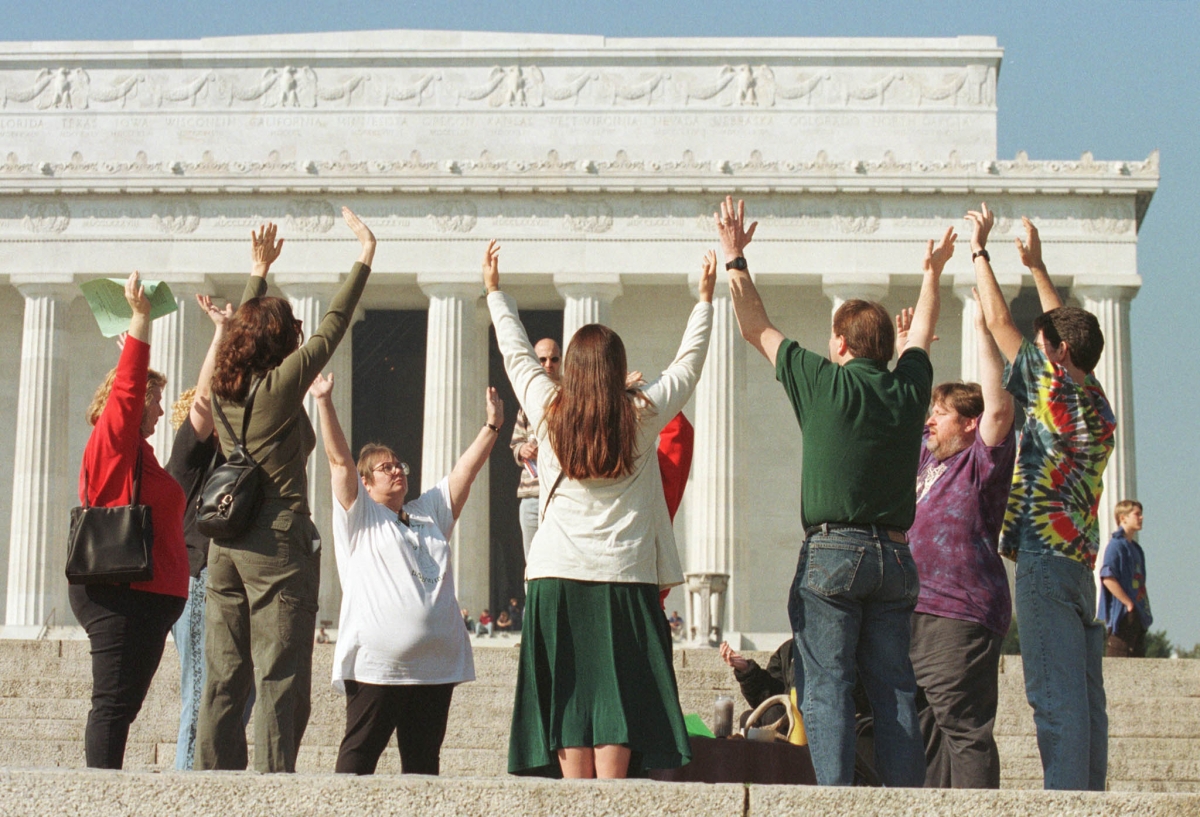1/
Many Pagans and Wiccans around the globe celebrate the festival of Samhain, which is believed to be an ancient Celtic festival that celebrates the beauty of autumn harvest and the arrival of winter.
Here are 10 important facts to know about the Pegan festival, including its history and significance:
- Samhain, pronounced as saah-win or saa-ween, comes from the Gaelic word "Samhuin," meaning summer's end. It is typically celebrated from sunset on October 31 to sunset on November 1, which is almost halfway between the autumn equinox and the winter solstice.
- However, depending on geographical locations, Pagans celebrate Samhain at different times and in different ways. While some celebrate it on the nearest weekend or the full Moon to hold ceremonies, others might choose to observe it a bit later, around November 6.
- Rituals of Samhain festival include bonfires, dancing, feasting and ceremonies that honour the ancestors and those people who have died the previous year.
- Samhain is one of eight annual festivals commonly celebrated by the Pagans of various traditions. Other festivals include Imbolc, Ostara, Beltane, Midsummer, Lughnassad, Mabon and Yule.
- It is often considered to be a transitional period where the line between life and death grows thin, a Huffington Post article illustrates. Food is generally set aside for ancestors and protective spirits as rituals honouring the dead takes place during the time.
- Samhain is thought to be one of the original festivals behind the modern holiday we know as Halloween. Samhain and Halloween take place on the same day and mark the end of the harvest season, although they have different focuses.
- According to Selena Fox of Circle Sanctuary, the Yellow Book of Lecan, a medieval book of tales says that people referred to Samhain as the "Feat of Mongfind," a legendary witch-queen who married the King of Tara in old Ireland. She was central to ancient Samhain celebrations, it is reported.
- The harvest festival's roots of the Samhain bears striking resemblance to some of Halloween's most common rituals or traditions. Carving of pumpkins and bobbing of apples are an example of this ritual.
- One unique ritual to celebrate Samhain includes the tradition of guiding the dead home by opening a western-facing door or window and placing a candle on the threshold.
- Although, Samhain festivities involve grief and mourning, at some places there are celebrations too. At circle Sanctuary, a Wiccan church in Wisconsin, there is a witch ball where people dress up as witches and celebrate.



















